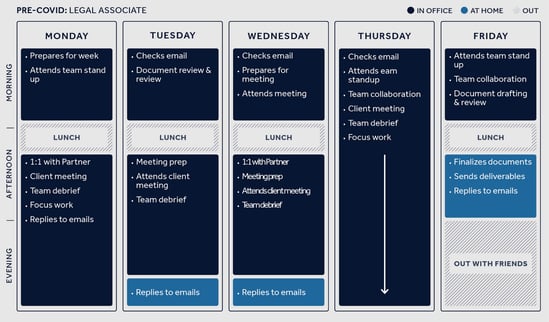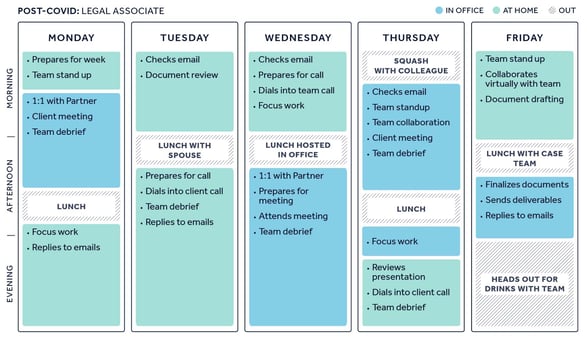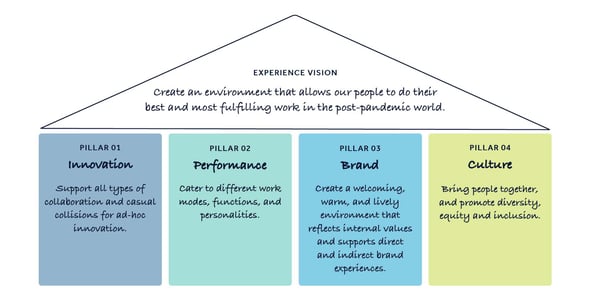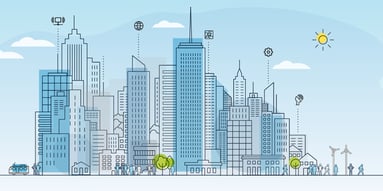Creating a hybrid workplace? First, align your stakeholders.

'Hybrid' is the buzzword of the year, with organizations looking to combine remote and in-office working to blend the best of both worlds. But for this new and sometimes radical change to succeed, there needs to be buy-in from leadership and a clear mode of operation.
In this 'hybrid working' series, Chen Tang, Senior Associate of Strategy for Asia, shares how Unispace is turning the concept of hybrid working into an operational reality, with a step-by-step approach. The first step, align your stakeholders.
A rare opportunity
Most leadership teams agree that the way we work has changed and the office needs to adapt. However, deciding how the office needs to adapt is a complex process. If it is not clear how the proposed solution will work operationally, it may be deemed as ‘too risky.’
In some instances, this has resulted in organizations opting for a more familiar ‘pre-Covid’ office design. However, with 40% of employees indicating that they want to work from home up to three days a week, this a not only a missed opportunity for savings on space and rent, but it is also impacting the organization's ability to attract and retain top talent.
“The biggest challenge we’re helping organizations overcome right now is turning the concept of hybrid work into an operational reality,” explains Chen. “And what we’ve found over the past 15 months is that the early involvement and buy-in of leadership are imperative to hybrid success.”
Painting a clear picture for leadership
Early on in our strategy engagements, we have started to introduce some simple exercises to help workplace teams and leadership align on their vision for their future workplace.
The first step is to map out 'a week in the life' for an employee or business unit, pre and post-Covid. This helps leadership visualise how our working habits have changed and how the office will be used going forward.
The examples below are for a legal associate at a law firm.
A week in the life: pre-Covid

A week in the life: post-Covid

In this example, it is clear that the associate is spending approximately 30% of their time in the office post-Covid, compared to around 90% pre-Covid, using the office more as a strategic resource for collaboration and client work. It is a starting point for determining what your organization-wide hybrid working model needs to look like.
Creating a workplace vision
The next exercise involves co-creating a workplace experience vision with leadership and business units such as HR and IT. The experience vision defines what the business is trying to achieve with the new office experience. The pillars are the key enablers to get right to achieve the desired vision.

Translating strategy into space
Stay tuned for the next article in our series, where we dive deeper into how we turn the workplace experience vision and translate this into tangible spatial requirements and operating models.
If this has sparked interest in further conversation, download our framework for the post-Covid office, The Propeller Workplace or get in touch. We’re here to discuss your workplace ideas and challenges.
About Chen Tang
As Senior Associate of Strategy for Asia and over 10 years of experience in workplace transformation, Chen has worked all over the world, including in Singapore, Hong Kong, Australia, United Kingdom and France. He is an analytical thinker and active listener who applies a client-centric perspective on all projects to deliver customized workplace solutions that are sustainable and closely aligned with client needs. Connect with Chen on Linkedin


